![[Representational Image] Valentine’s Day 2018: Best camera-phones to gift your tech-savvy lover In Picture: A customer walks out of store with a gift in hand ahead of Valentine's Day. Valentines Day, best gifting ideas, best camera phones](https://data1.ibtimes.co.in/en/full/598517/valentines-day.jpg?w=674&h=449&l=50&t=40)
With Valentine's Day just around the corner, many will be scurrying through stores to find a special gift to celebrate love.
Finding a thoughtful present is always a hard task, and it might get tougher if you are on to rekindle a relationship. Nobody wants to be on the latter side on a special occasion like this. If your lover is tech-savvy, a good camera-phone will be an apt gift. However, there are several brands, which claim their phones to have the best camera, resulting in confusion among consumers.
To help make an informed decision, we have come up with a list of genuine smartphones that have top-notch cameras that will help you create good memories together this Valentine's Day.
Top-end models (Above Rs 40,000)
Pixel 2 series (Review)
Google's 2017-series Pixel 2 and the Pixel 2 XL are top-rated camera-phone in the market right now. They scored a record 98/100 on DxOMark ratings, highest points to date.
Both the Pixel 2 models boast 12.2MP snapper with f/1.8 aperture, 1.4μm lens size, Autofocus with laser + dual pixel phase detection, optical + electronic image stabilization and on the front, it houses 8MP shooter with 1.4μm lens size, f/2.4 aperture, and fixed focus.

In addition, it houses Google's proprietary Pixel Visual Core (PVC) for processing HDR+ (High Dynamic Range Plus) images, which makes Pixel 2 series camera so different from other brands.
For those unaware, Pixel Visual Core chipset runs RAISR (Rapid and Accurate Image Super-Resolution). The RAISR makes zoomed-in shots look sharper and more detailed than any rival phone camera in the market. Also, it has Zero Shutter Lag to capture the frame right when you press the shutter, so Pixel 2 users can time the shots quickly and perfectly.
Apple iPhone X
After getting beaten by Android phones in the photography for several years, Apple finally brought it's A-game with the iPhone X (pronounced 10) by incorporating a state-of-the-art camera technology both on front and back.
Apple iPhone X's front-camera module houses a sophisticated TrueDepth camera system that makes use of IR laser sensor, Flood Illuminator (helps identify face even when its dark out), Dot Projector (30,000 invisible dots are projected onto the users face to build your unique facial map) and a 7MP FaceTime snapper to accurately identify the owner's face in 3D.
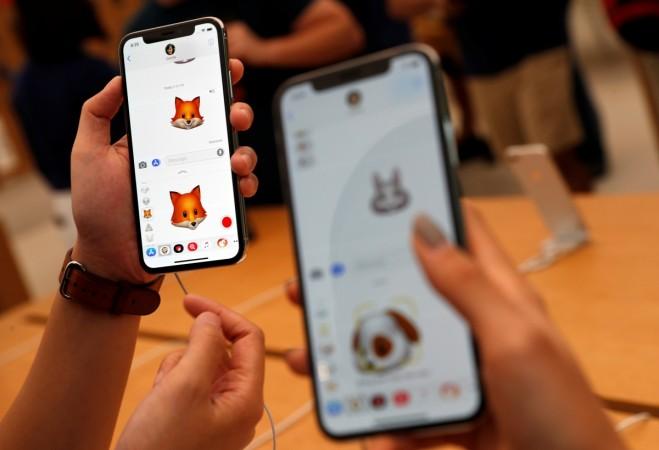
It is much superior to any other face recognition technology seen in current flagship phones, as it has the ability to detect fake 2D photos and it is intuitive enough to learn subtle changes in the owner's face over time and still be able to accurately identify. This really sets a new benchmark in biometric security technology.
Even the back-camera is best to date in all iPhone series and it comes agonizing close to Google Pixel 2 series in terms of DxOMark ratings. The former scored 97/100 compared to latter's 98/100.
Even the iPhone 8 series too comes with similar dual-camera on the back.
Read more: iPhone 8 Plus Review: Bleeding edge Apple mobile with samey design
Samsung Galaxy S8 or Note8 series
Samsung has always been the most all-rounder phone in the market for several years, this time, its Galaxy S8 and the Note8 come with powerful hardware complemented by top-notch cameras. Both the devices score 88/100 and 94/100 on DxOMark ratings.
Galaxy S8
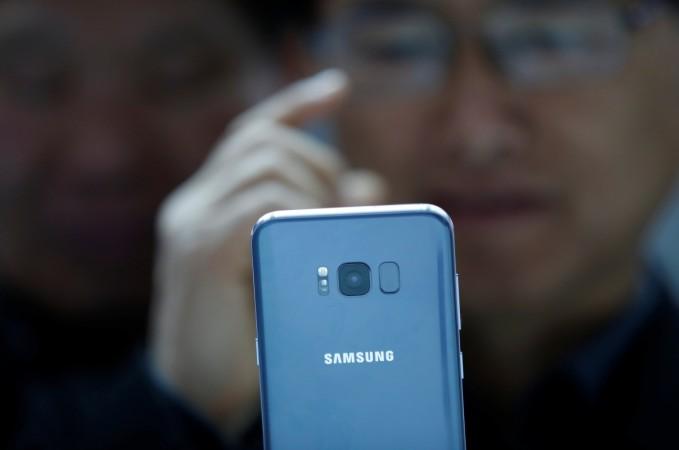
It houses single 12MP camera with dual-pixel autofocus, OIS (Optical Image Stabilization), laser autofocus, f/1.7 aperture and 4K video recording capability. On the front, it comes packed with an 8MP snapper having f/1.7 aperture.
Read more: Samsung Galaxy S8 review: Exemplary design language meets stunning camera
Galaxy Note8
It boasts wide-angle 12MP (Dual Pixel AutoFocus, f/1.7 aperture) + Telephoto 12MP (AutoFocus, f/2.4 aperture); both the cameras have OIS: Optical Image Stabilization, 2 x Optical ZOOM, up to 10 X Digital ZOOM, dual-tone LED flash, PDAF (Phase Detection Auto Focus) and come with an 8MP snapper having f/1.7 aperture.

Read more: Samsung Galaxy Note8 long-term review: Most versatile phone of 2017. PERIOD
LG V30+
LG V30 series is the world's first tier-1 phone brand to boast f/1.6 aperture. With such large aperture, its camera can absorb 25 percent more light to the sensor compared to an F1.8 lens seen in rival phones.
In a bid to improve the image and video recording quality, LG has incorporated glass-based Crystal Clear Lens to deliver greater light-collecting ability as well as better color reproduction than a plastic lens.

As far as the camera specifications are concerned, it comes with dual-camera, one a 16MP standard shooter (F1.6 / 71-degree Field Of View: FOV) and a 13MP wide angle (F1.9/ 120-degree FOV) snapper.
On the front, it houses a 5MP camera with 100-degree wide-angle lens and f/2.2 aperture.
Also read: LG V30 Plus sale goes live in India: Here're five reasons to buy Android flagship phone
HTC U11 series
It scored 90/100 on DxOMark ratings. It comes with 12MP HTC UltraPixel 3 series camera with 1.4μm pixels, UltraSpeed Autofocus, Optical Image Stabilization (OIS), f/1.7 aperture and Dual LED flash. On the front, it houses a16MP snapper with BSI sensor, Live make-up, Auto Selfie, Voice Selfie, Self-timer up to 10 seconds, HDR Boost and many other capabilities.
Read more: Complete specifications of HTC U11 series
Upper Mid-range (Rs 20,000 to Rs 40,000)
If you are looking for good camera smartphone does cost you a bomb, then the phone mentioned below will give best possible photography experience for their price.
OnePlus 5T (Review)
It comes with two cameras on the back, primary-16MP (with Sony IMX 398 sensor, 1.12µm pixel size, f/1.7 aperture, 27.22 mm focal length) and a secondary-20MP (with Sony IMX 376K sensor, 1.0µm pixel size, f/1.7 aperture and 27.22 mm focal length), dual-tone LED flash, 4K video and slow-motion video capability
On the front, it features 16MP camera with Sony IMX371 sensor, 1.0µm pixel size, f/2.0 aperture, 1080p (full HD) video at 30fps, 720p (HD) at 30 fps, Time-Lapse and Face unlock feature
Honor View 10
It boasts feature-rich dual-camera, primary 16MP (RGB) sensor and a secondary 20MP (monochrome) sensor with f/1.8 aperture, LED flash, PDAF (Phase Detection Auto Focus), CAF (Continuous Auto Focus) and 4K video recording capability.
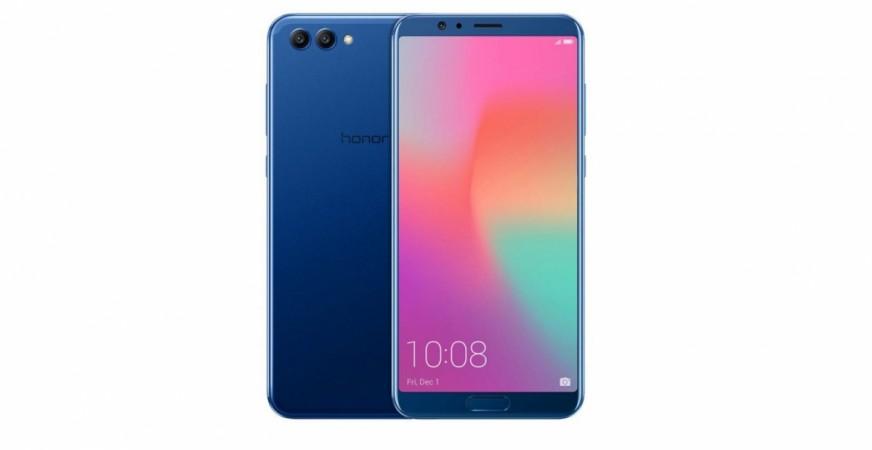
Honor View 10 also offers the Portrait mode, that allows users take bokeh picture with blur effect in the background.
On the front, it houses equally impressive 13MP camera with f/2.0 aperture and for selfie lovers, the phone offers beautification feature to adjust skin tone, complexion and also erase a scar if any.
Read more: Honor View 10 available on Amazon: 5 reasons why this Android phone is flagship killer
The Galaxy A8+ is the first Samsung to boast dual-front camera. It features --16MP (with f/1.9 aperture + Fixed Focus) + 8MP (with f/1.9 aperture) having Live Focus.
On the back, they house 16MP with f/1.7 aperture, LED flash, PDAF (Phase Detection Auto Focus), video digital image stabilization (VDis) technology, and hyperlapse feature.
It comes with dual cameras, one a 12MP with dual autofocus Pixel sensor, f/2.0 aperture, 1.4µm pixel size and an 8MP with ultra-wide angle lens, 120-degree field of view sensor, f/2.2 aperture, 1.12µm pixel size and are supported by Color Correlated Temperature (CCT) dual LED flash, Phase Detection AutoFocus (PDAF), among other features.
The notable aspect about the Moto X4 camera is that it comes with special Landmark Detection application that serves as the information portal, users just need to point the lens at an object of interest and it will automatically ask if he/she want to learn more about what they're seeing. It can even scan a business card and quickly add the info to your contacts. If the user is looking to spice up their selfies, they can try out the Face Filters feature, which lets them add a layer of animations to the photos or videos.
On the front, Moto X4 comes packed with a 16MP shooter having f/2.0 aperture, 1.0µm pixel size, dedicated LED-based selfie flash, adaptive low light mode(best in 4MP mode), Selfie panorama and Face filters, among others.
Mid-range (Under Rs 15,000)
If you are short on cash and yet aspire the best camera phone experience, below-mentioned devices will not disappoint you.
Motorola Moto G5s Plus
It boasts not one, but two 13MP cameras with depth editor, ƒ/2.0 aperture, Color balancing dual LED flash, 8X digital zoom for photos, 4X for video, Drag to focus & exposure, Quick Capture, Tap (anywhere) to capture, and 4K Ultra HD video capture (30 fps) capability.
On the front, Moto G5s Plus houses an equally impressive 8MP camera with wide-angle lens, f/2.0 aperture, LED flash, Panorama mode, Professional mode and Beautification mode.
Honor 7X
It features 16MP+2MP dual snapper with LED flash, 1/2.9-inch sensor size, 1.25 µm pixel size, PDAF (Phase Detection Auto Focus), HDR (High Dynamic Range), full HD video recording.
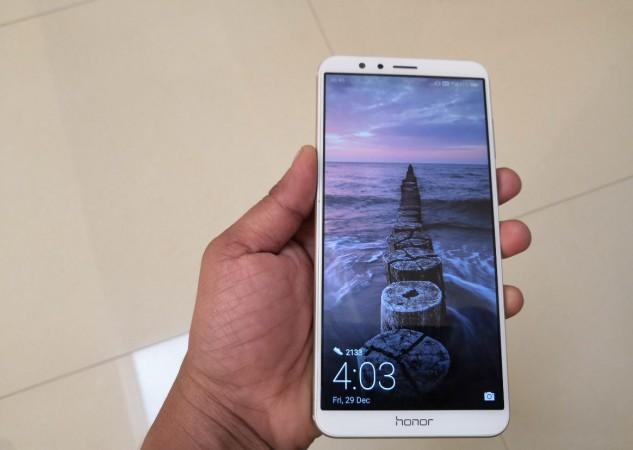
On the front, it comes packed with 8MP snapper with full HD video recording capability.
Read more: Honor 7X Review: New mid-range phone king
Asus Zenfone 4 Selfie Dual Cam
On the front, It comes packed with feature-rich 20MP (primary with f/2.0 aperture) + 8MP (with wide-angle lens) dual camera module having dedicated Softlight LED flash, Instant cameras switching capability, proprietary ASUS SelfieMaster technology for smart beautification in selfies, videos, and live-stream.
Whereas on the back, Asus Zenfone 4 Selfie Dual Cam phone comes packed with 16MP camera with PDAF (Phase Detection Auto Focus), 26mm focal length, f/2.2 aperture, 80-degree FOV (Field Of View), LED flash and PixelMaster modes: Auto mode with low light and HDR features, Beauty, Portrait, Pro mode for 32 seconds long exposure and Super Resolution for 64 megapixels photos.
Read more: Asus Zenfone 4 Selfie Dual Cam (ZD553KL) review: Reliable camera-phone for social media buffs
Entry-level (Under Rs 11,000)
If you are on a shoestring budget and looking for a camera phone, these are best in the entry-level category.
Honor 9 Lite
Honor 9 Lite sets a new benchmark for camera hardware in the mid-range class. It features not one but two dual-cameras, one pair each on the front and back. Both come with 13MP (main) +2MP (secondary for depth field detection) configuration. With dual-cameras, it offers advanced Portrait mode 2.0 that allows users to take Bokeh picture with blur effect in the background.
Read more: Honor 9 Lite first impression: Mid-range phone with top-notch features
Xiaomi Redmi 5A
It houses a 13MP main shooter with f/2.2 aperture, PDAF (Phase Detection Auto Focus) and LED flash support. On the front, the Redmi 5A features a 5MP snapper with f/2.0 aperture, and Pro and Smart Beautify applications.
Read more: Xiaomi Redmi 5A review: Feature-rich entry-level phone
Intex Elyt Dual
The highlight of the Intex Elyt Dual is its front camera. It houses 2MP (f/2.0 + 1.12 µm pixel size) + 8MP (f/2.2 + 1.75 µm pixel size) front snappers with dedicated LED flash, and these support Face Beauty, Face Detection, Panorama, Burst Mode and more.
Read more: Intex Elyt Dual review: Budget selfie-camera phone with surprising tricks up its sleeve
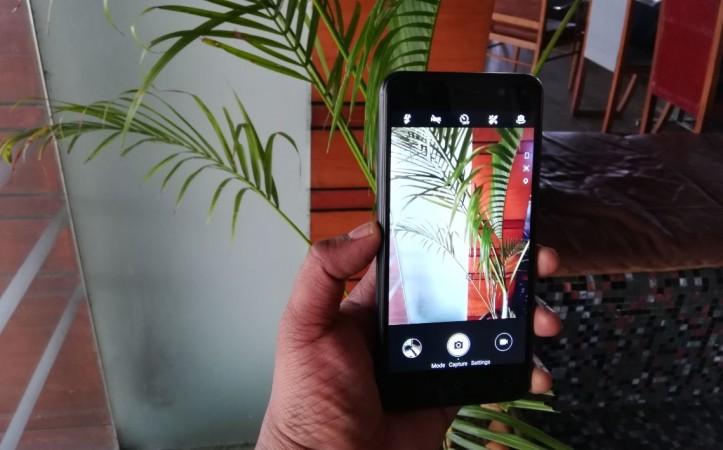
Spice V801
It comes with 8MP camera on both sides having panoramic, wide-angle view images options, Beauty Mode, Facemask and more options.








